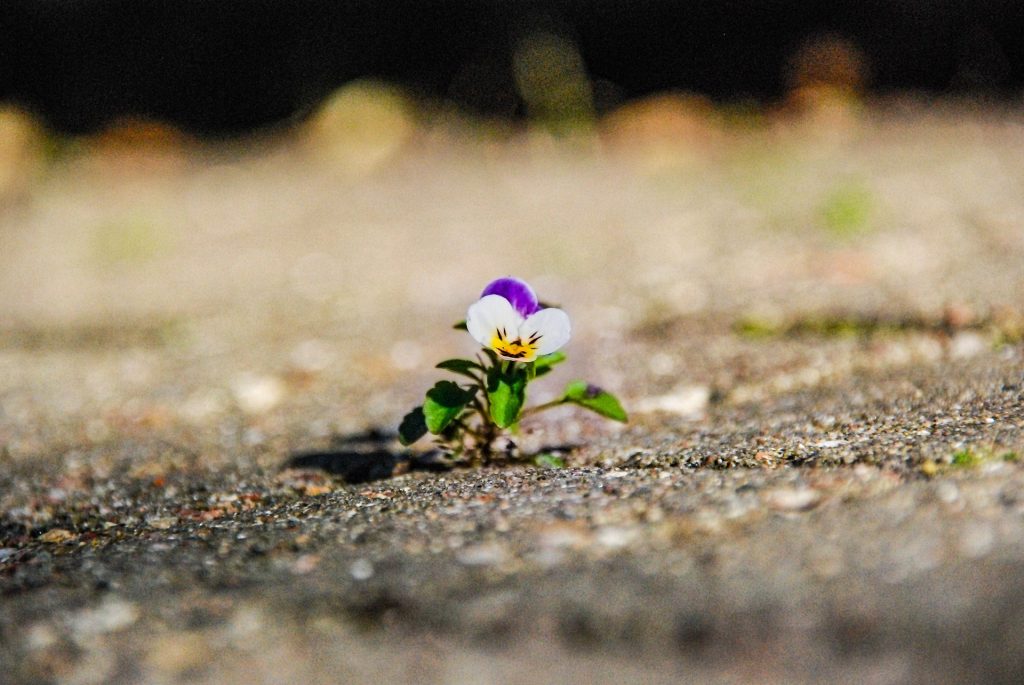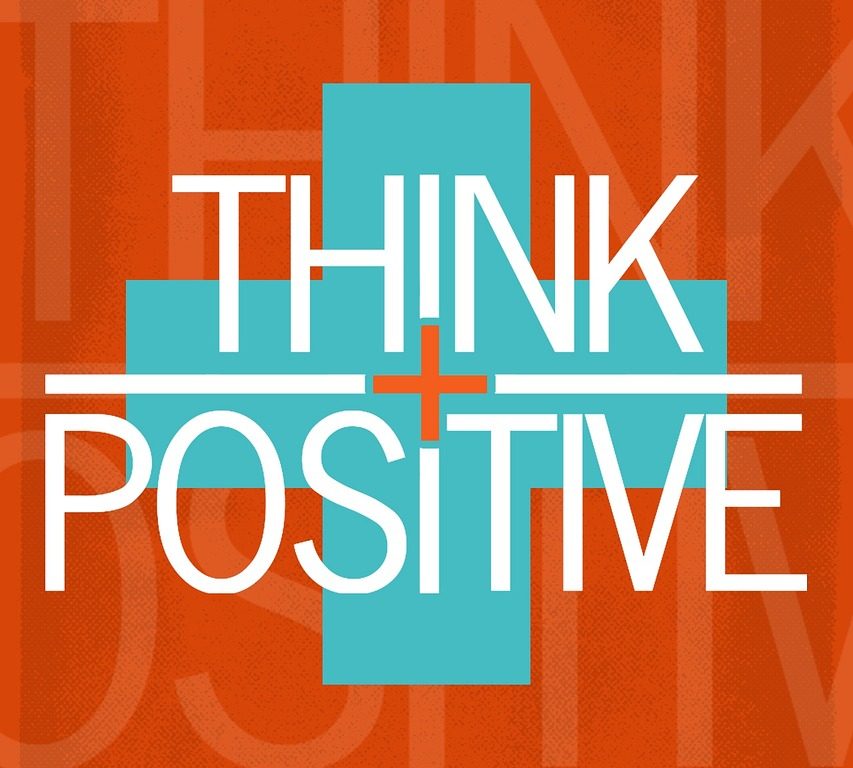We’ve all heard the saying “Be positive, negativity doesn’t help anything”. Knowing how to find the positive in situations is one of the hardest skills to develop. If you aren’t naturally inclined to be positive, you may find this article helpful to start implementing moments of positivity into your life. Focusing on the negatives in life adds to stress, anxiety and depression. By learning to identify positives, big and small, you will start to retrain your brain for success and happiness.
Where to find positivity
You can find positivity in everything, even in bad situations that you may encounter throughout your life. The key is knowing how to find it. If you can learn this skill, any obstacles in life can be overcome. The expression “Beauty is in the eye of the beholder” really helps to understand the concept. What one sees as negative, another can see as a positive. It’s not that they have radically different perspectives, it’s that they have learnt to identify things differently. We are unique beings that have come to be as a result of our experiences, learnings, and supports. But by finding common ground, we can share a collective strength to tackle life’s challenges.
Positivity Exercises
Define your focus
The first step to start training your eye for positivity is a simple exercise that you need to engage in daily. I began my journey during isolation and distancing protocols. Being cut off from all my physical connections made it difficult to see the good. By forcing myself to see it, I built my resilience. I found calm and happiness that I had not experienced before, despite living in unprecedented times. Before I could start this daily routine, I had to identify one thing I found beautiful. The next criteria was that it could potentially be at my disposal regularly. It also had to make me feel good no matter what, each time I encountered it.

For me, it was flowers. I love flowers. They have so many meanings for me. They are a connection to my family, memories of being in the garden with my mother, buying flowers for my mother and grandmother for special occasions, hearing stories of the beautiful garden back home, and their natural beauty and variety all give me great feelings. Flowers have such a deep symbolism in my life. It was the logical choice for me to pick it as my subject for my exercise.
How will you do it?
The next step was to identify how I was going to see flowers regularly. I decided that I would observe them in nature and in gardens I could encounter by walking in my community and going to other communities. With so many people at home during lockdowns, the array of gardens was astonishing. Just about every home in my neighbourhood had beautified their landscaping with flowers. But being a photography enthusiast, I decided that by photographing the flowers, I could improve my focus.
By looking through the lens of the camera (or in this case the screen of my mobile), I was able to zero in on the details of each flower. I made it my goal to document each variation I could encounter in my daily walks. As time progressed, I was surprised one day when I caught myself smiling as I looked at yet another species I had never seen. My curiosity mimicked that of a young child, and that’s when I knew I was on the right track.
How does looking through the lens make things positive?
The reason this exercise worked is simple. By taking time to zoom in on a flower’s details, it made me slow down. To successfully take a clear picture, I had to steady my hand. I did so by watching my breathing and consciously trying to calm down. If I had tried to just focus on breathing and trying to calm down, I would have failed. By putting the focus on the activity, it took the pressure off of me succeeding at a task that caused me anxiety just to think about it. I shifted my frame of mind. So inadvertently, I had found a way where every day, I had multiple moments where I focused on my breath. By photographing flowers, what I found naturally beautiful, I had given myself the gift of finding a positive every day.
I soon realized I was finding positives in other things too. It began with objects, but in time, that switched to intangible situations too. A crack in a sidewalk where grass was growing showed me that nature is strong. I too could handle living under tough circumstances. Graffiti on a wall wasn’t just the destruction of property. It was the expression of an artist, a vision shared with the community.
Isolation was no longer a form of imprisonment. It was being awarded the time to reflect, recreate myself, a chance to connect with long lost friends, a time to learn, to prepare all my meals and be reacquainted with my love of cooking. The death of loved ones which is normally so hard, was inevitable during that time. But despite feeling grief, feeling peace and calm that they no longer were suffering, helped me get through my grief faster than usual, and I avoided going into a depression, even though I no longer had immediate family. Even losing my job that I loved, and with it, losing my financial security, I was able to see it as a chance to start a new chapter in my career.
What is your flower?
If I had not engaged in a simple exercise of photographing flowers on my daily walks, I never would have built the resilience to confront the situations that I faced during some of the hardest months of my life. So I urge you to find your flower, what one thing do you really like that you can encounter daily? Study it with all your senses. It takes but a few seconds, but the rewards will last you a lifetime. And when you find yourself thinking something negative, stop yourself. See if you can identify at least one positive thing. You may not believe it, but by identifying it, in time, you too will start to find more positives in things and situations, which in turn, will transition your thoughts into more positive than negative.
IMAGE CREDITS: Feature image – Pixabay | Shona Ejai. Article image – Pixabay | Palle Knudsen.

